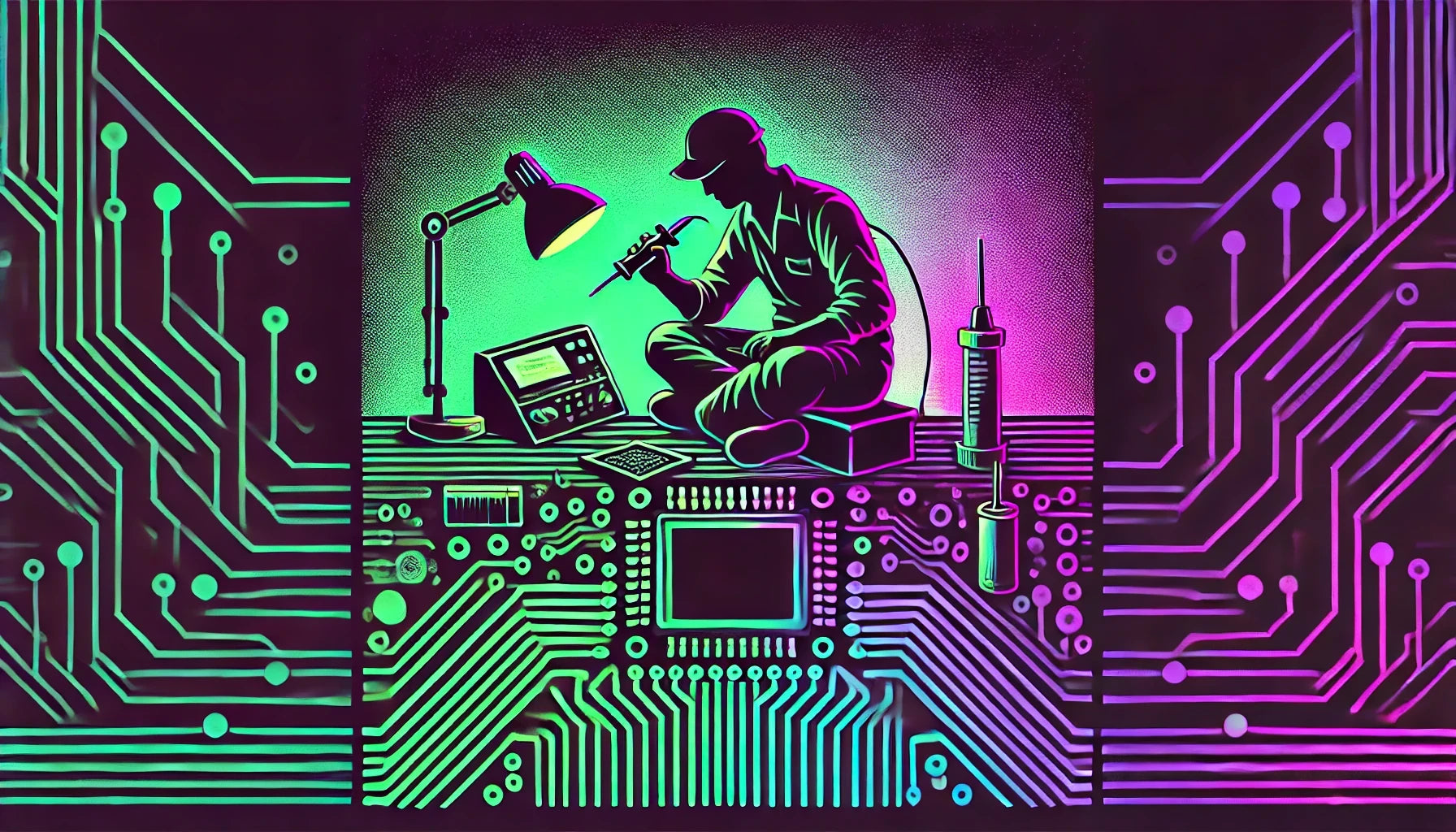Understanding the Cause
- Flutter or Dart SDK updates introduce new features, libraries, or critical bug fixes that packages rely on to enhance performance and stability. If a package developer finds these new features beneficial or necessary, they will specify a higher Dart SDK version.
- Package dependencies might have their own dependencies updated to newer versions, requiring higher Dart SDK versions. This cascading effect often results in needing a newer SDK version than initially anticipated.
- Security vulnerabilities in older Dart SDK versions can compel package maintainers to update their minimum Dart SDK requirements to ensure the software remains secure and reliable.
- When new language features like improved syntax, new libraries, or enhanced null safety are introduced, they often require a minimum SDK version. Developers wanting to leverage these capabilities will update their dependencies accordingly.
- As the Flutter/Dart community evolves, community-contributed packages are updated to reflect best practices, necessitating newer Dart SDK versions for better integration and functionality adherence. Contributing developers aim to ensure optimal performance and industry alignment with these updates.
Example
A common Dart pubspec.yaml file might express the dependency constraints as follows:
environment:
sdk: ">=2.12.0 <3.0.0"
This specifies that your project requires Dart SDK version 2.12.0 at a minimum, up to but not including 3.0.0, a typical scenario when packages introduce features compatible only with newer SDK versions.

























